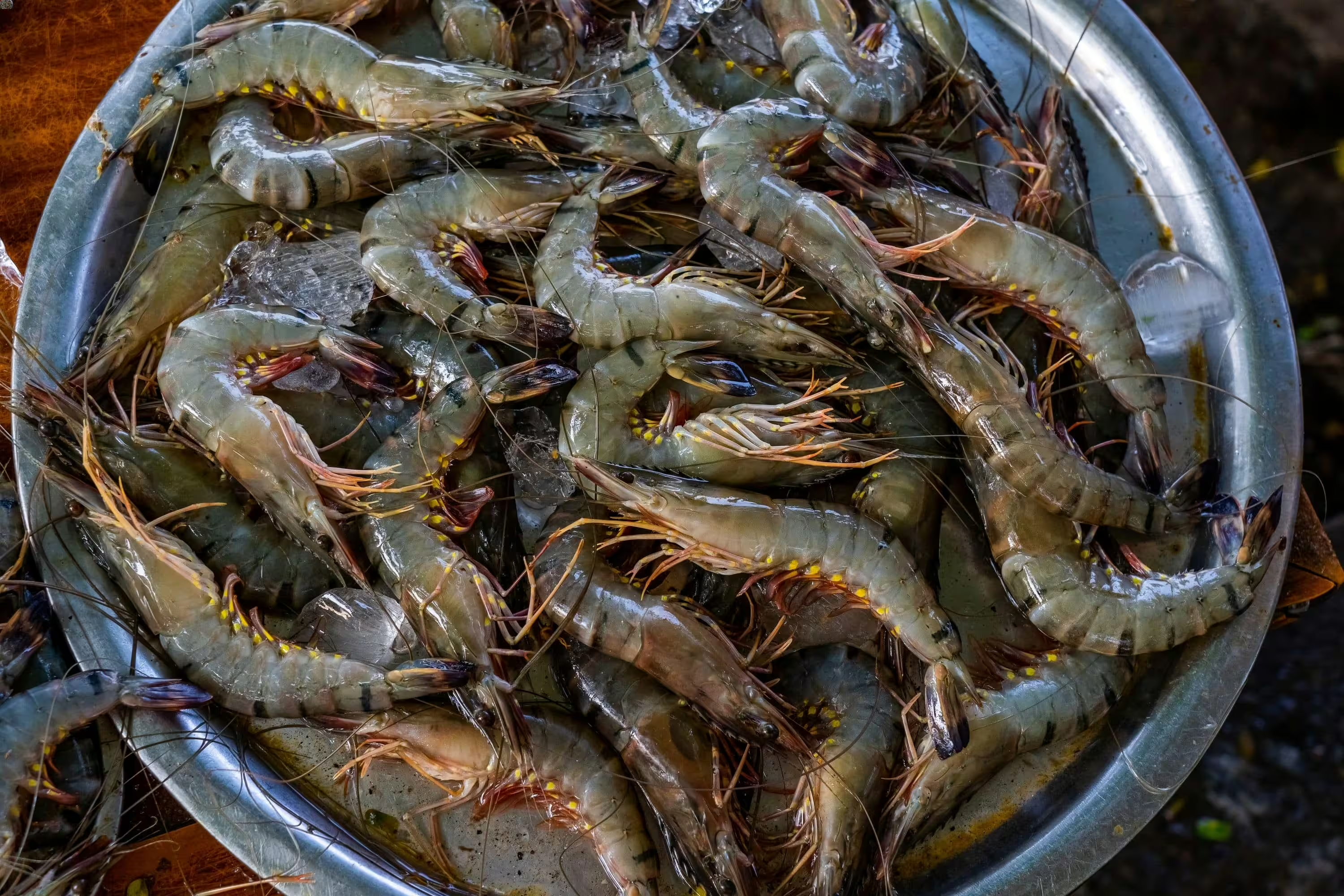The shrimp fled at selenium and calcium. The shrimp protects the heart system and promotes satiety. It participates in the proper functioning of the nervous system. Discover the shrimp -based recipes, the nutrient values of the shrimp, the number of calories, the vitamin, iron intake, etc.
